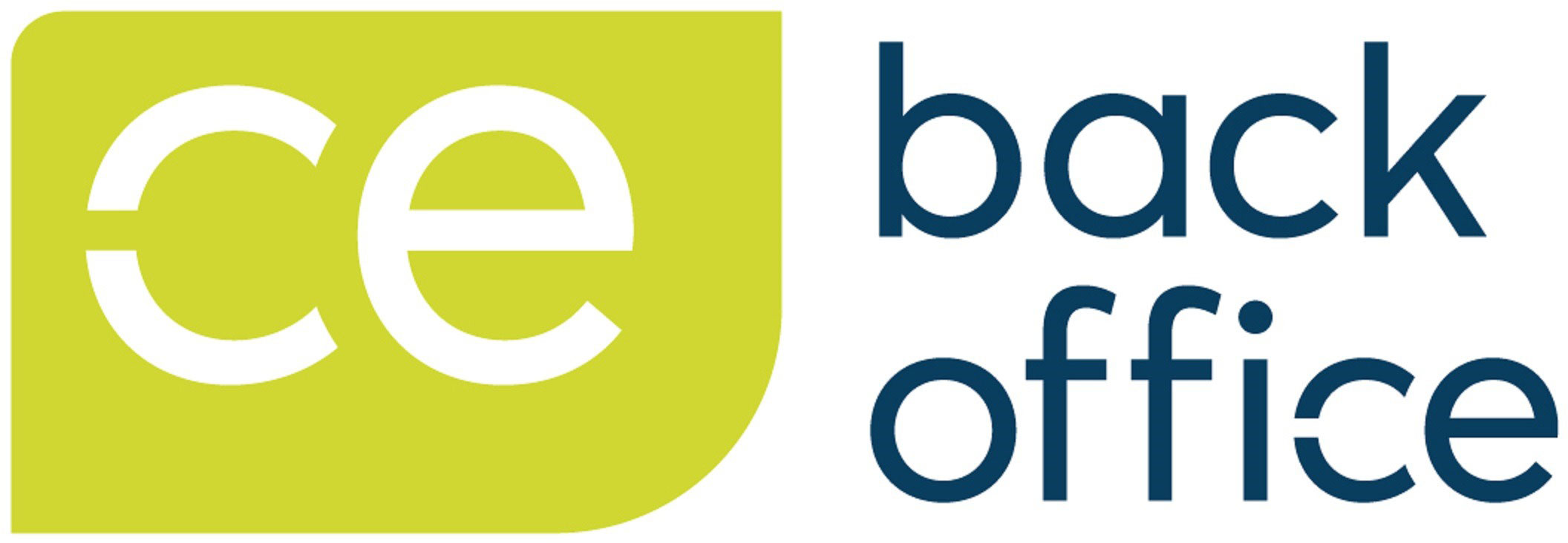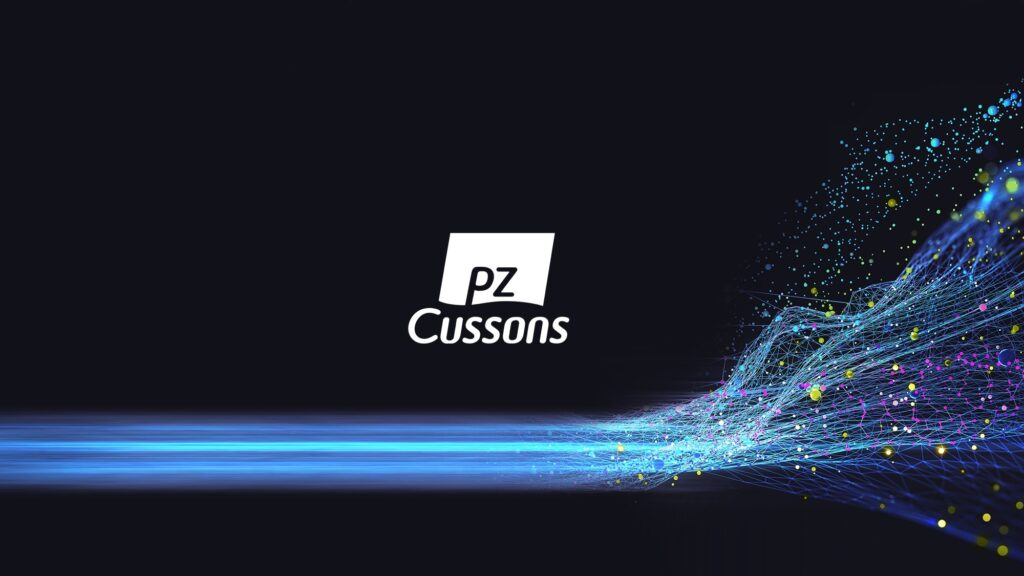A key component of an HR transformation journey is the underpinning technology. Typically, products such as Workday, Oracle, Ceridian, and SAP SuccessFactors set the technological foundations for the change. Much effort is typically invested in choosing the appropriate HR technology and engaging a Systems Integrator (SI) to oversee the implementation process.
Many organisations fail to recognize, in the preparation stages, that successful HR transformations extend beyond the SI’s contractual obligations. In this article, we delve into key areas essential for a successful HR transformation and why these factors are critical.
Independent Project Governance
The responsibility for the overall HR transformation governance should rest within the organisation. This entails appointing an executive sponsor, establishing a governance framework, and ensuring robust program management independent of the technology vendor and SI. While the SI plays a pivotal role, complete transformation ownership is a shared responsibility. Collaboration between the SI and internal teams is paramount for success. Independent oversight ensures that critical decisions align with the broader HR transformation goals, preventing conflicts of interest and enhancing accountability.
Contracting with the SI
When contracting with the SI, it is essential to have clear roles and responsibilities in the statement of work. Joint responsibilities typically mean the SI is supporting you. If the SI is providing support, they expect you to have competent people within the internal team. The contract will also state that missing your deadlines that impact the timelines will be subject to a change request, so it is imperative that responsibilities are fully understood, the effort and time to undertake the responsibility is known, and the people involved are identified.
Business Change
The success of HR transformation implementations hinges on the right amount of change activity. Technology implementation is just one facet; ensuring that business areas and HR teams embrace and adopt new processes and realize the business benefits is equally vital. Clarity in the contracting stage regarding the SI’s expertise in business change is essential. Establishing a team of subject matter experts in HR processes is a minimum requirement, with additional support at the key leadership level to push the change from the top.
HR subject matter experts play a crucial role in defining requirements, processes, conducting user acceptance testing, receiving and delivering training, and providing go-live support. Business change support, frameworks, and effective communication strategies are essential to engage the entire organisation successfully. Training and ongoing support for internal teams are areas where additional resources might be necessary to ensure effective implementation.
Data Migration
The size and scale of the extraction and cleanse activity in an HR data migration is often an overlooked aspect that falls beyond the SI contract. Cleansing and transforming data is not a standard activity the SI will perform. They want the organisation to cleanse, transform, and amalgamate multiple source systems into a specific format so they can load the data directly into the new HR system. Any data errors or issues with this process fall directly on the organisation to fix. There is an obligation that all the validation, checking, and reconciliation will also be completed by the internal team, meaning that a critical workstream’s responsibilities may lie with internal stakeholders who may never have run a large-scale data migration before. Obtaining specific expertise and automating the process in this workstream can be a wise investment.
Integrations
Legacy integrations necessitate in-house knowledge, as the SI can only handle the new HR system side of the integration, leaving the more complex downstream part to the organisation. The SI works in a very predictable environment in the new HR technology, whereas the organisation may have to unpick numerous legacy applications and payroll systems while managing a large number of third-party suppliers and stakeholders. Integrations never fail with the SI responsibilities; it’s nearly always the downstream side of the integration that has been misunderstood or a third party fails to hit the deadline.
Testing
In the majority of cases, the SI will only perform basic unit testing on the system, leaving the organisation to test a potentially unfamiliar technology in a set time period. Seeking the right expertise with knowledge of the technology is essential in ensuring the HR and business users are trained, scenarios are written to cover the scope, and enough testing is performed to give confidence the system meets all the requirements and is working as expected.
In conclusion, while the SI is a crucial ally in an HR transformation, their responsibilities have limits. These limits can differ from a boutique SI who may focus on the system configuration compared to one of the Big 4. Understanding these limits and planning for additional capabilities, whether through skilled internal teams or third-party support such as CE Back Office, is essential. Clear roles, collaboration, and a well-defined partnership between the internal program team, SI, and technology provider can bring a healthy tension to the program.
Finally, it is worth noting that your SI is a commercial organisation. Yes, they need to make a margin, but they also need to be fairly and competently managed. A trusted working relationship is required to get these complex programs delivered, and in the majority of cases, the SI will also welcome competent client-side resources.






